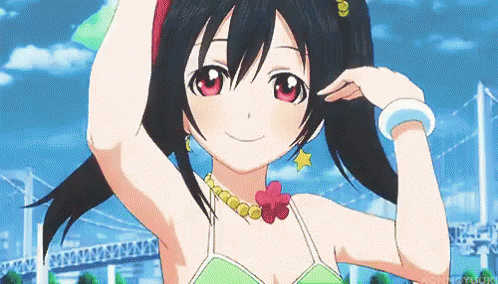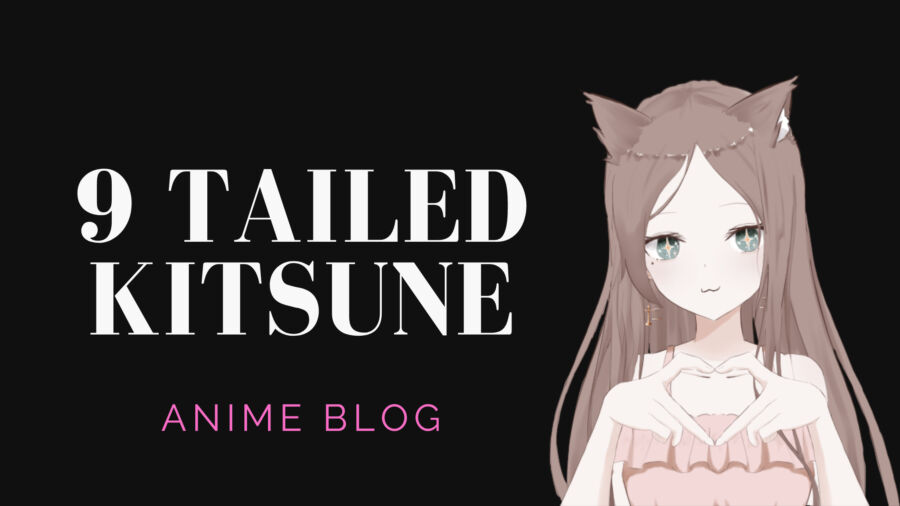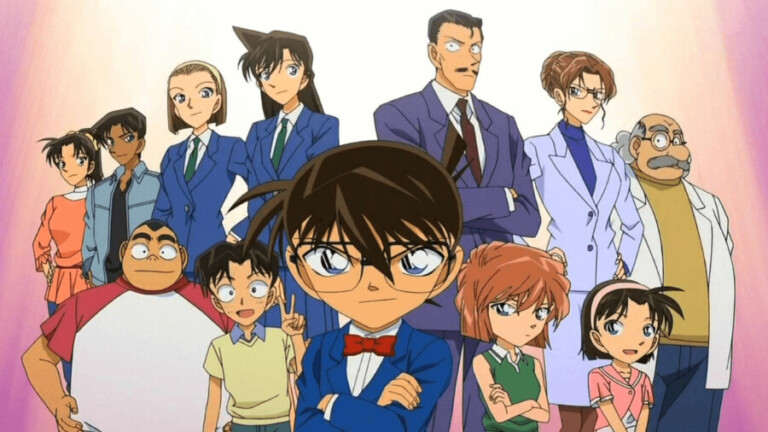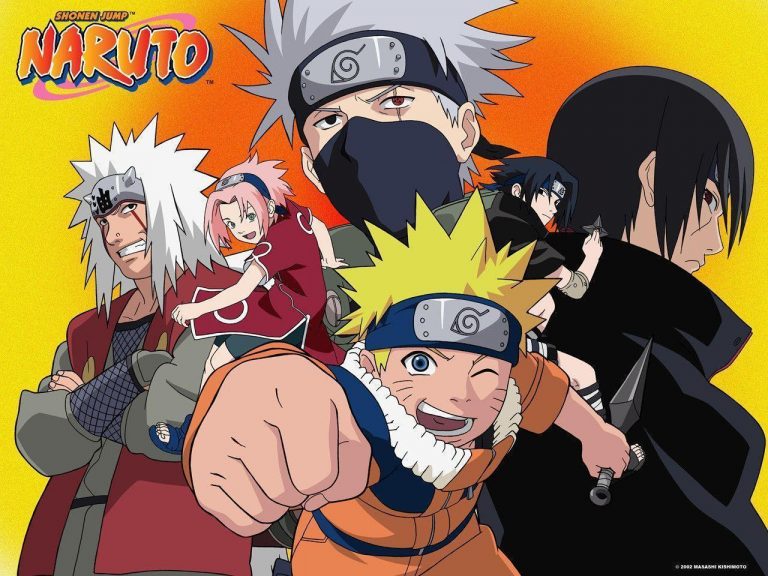It probably struck you too. If a Japanese term for animation is anime, what is a Chinese word for animation? Yes, that’s right, the sweet, short answer is that donghua means Chinese animation.
In a perfect world, anime wouldn’t even be called anime. It would just be referred to as Japanese animation. But where’s the fun in that? The term anime comes from the word “animation” written in katakana, which is a type of script used in Japan for foreign words. So, even though it’s just a simple abbreviation, it holds a lot of meaning for us anime fans!

To clarify that further, in Japanese, anime is written as “アニメ” (literally, ‘anime’) and is a short form for the word ‘animation’. It’s a short and effortlessly pronounced term, and for us Westerners, it’s an easy way how to instantly distinguish between a childish cartoon and a typical Japanese-style animation.
Donghua
On the other hand, Chinese animation is called Donghua (動畫) and refers to the animation created in China.
Donghua is a type of Chinese animated television series and movie that has a long history, dating back to the early 20th century. Early examples of donghua include traditional animation techniques such as hand-drawn animation and stop-motion animation and more modern techniques such as computer-generated imagery (CGI).
During the 1960s and 1970s, the donghua industry saw rapid growth, with the release of many popular TV series such as “Princess Iron Fan” and “Havoc in Heaven”. In the 1980s and 1990s, the industry experienced a decline due to market competition, but later saw a resurgence with the release of new computer-animated donghua such as “Journey to the West” and “The Legend of Qin”.
Today, donghua is a thriving industry, with a large and dedicated fanbase, and is considered a significant part of Chinese pop culture. The genre has expanded to encompass a wide range of styles and themes, from action-packed adventures to romantic comedies and historical dramas.

Manhua
Except for the word Donghua, there is one more word you should definitely know: Manhua (漫画). This word can be easily remembered if we think of Manga, a term we use for comics and graphic novels created in Japan or using the Japanese language.
Manhua literally means “impromptu sketches” and is a term that describes comics originating from China.
It has a long history dating back to the late 19th century, with the first modern being “New-Style Comics” (Xīnshì” 新式漫画) in the 1920s. This manhua featured western-style illustrations and layouts.
The golden age of manhua was during the 1930s and 1940s when a large number of comics were published and distributed in Shanghai.
During the Cultural Revolution in the 1960s and 1970s, manhua production was suppressed, but it saw a resurgence in the 1980s with the introduction of more politically liberal policies.
Today, manhua continues to be a popular form of entertainment in China and has spread internationally, with many popular manhua being adapted into animated series, known as donghua.

TLDR
Donghua refers to animated productions made in China, while Manhua is the term used for comics created in China.




